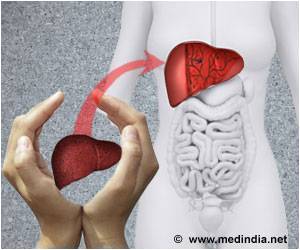Whole organ tissue engineered transplants of the human trachea done by using stem cells was earlier regarded as a breakthrough in regenerative medicine

In 2012, an article in The New York Times, ''A First: Organs Tailor-Made With Body's Own Cells,'' recognized tracheal regeneration as the first regenerative medicine procedure designed to implant "bioartificial'' organs. The achievement was touted as the beginning of complex organ engineering for the heart, liver, and kidneys, and it was suggested that allotransplantation along with immunosuppression might become problems of the past.
"Major medical breakthroughs deserve the necessary press attention to inform the medical community and public of the news," say Pierre R. Delaere, MD, PhD, and Dirk Van Raemdonck, MD, PhD, from the Department of Otolaryngology Head & Neck Surgery and the Department of Thoracic Surgery, University Hospital Leuven, Belgium. "Unfortunately, misrepresentation of medical information can occur and is particularly problematic when members of the professional and public press are misled to believe unrealistic medical breakthroughs."
The authors raise doubts regarding whether a synthetic tube can transform into a viable airway tube, pointing out that the mechanism behind the transformation from nonviable construct to viable airway cannot be explained with our current knowledge of tissue healing, tissue transplantation, and tissue regeneration. "Cells have never been observed to adhere, grow, and regenerate into complex tissues when applied to an avascular or synthetic scaffold and, moreover, this advanced form of tissue regeneration has never been observed in laboratory-based research," say the authors.
Delaere and Van Raemdonck reviewed the information gathered from published reports on three patients who received bioengineered tracheas and unpublished reports on an additional 11 patients. Although there were differences between the techniques used, production of the bioengineered trachea in all cases produced similar results, and the different approaches worked in comparable ways.
"The results show that mortality and morbidity were very high. Several patients died within a three-month period, and the patients who survived longer functioned with an airway stent that preserved the airway lumen," they observe.
Advertisement
Publication of these papers in highly ranked medical journals is attributable to the media hype regarding ''stem cells'' and the work done on an airway that is less accessible for direct visualization, say Delaere and Van Raemdonck.
Advertisement
Source-Eurekalert








